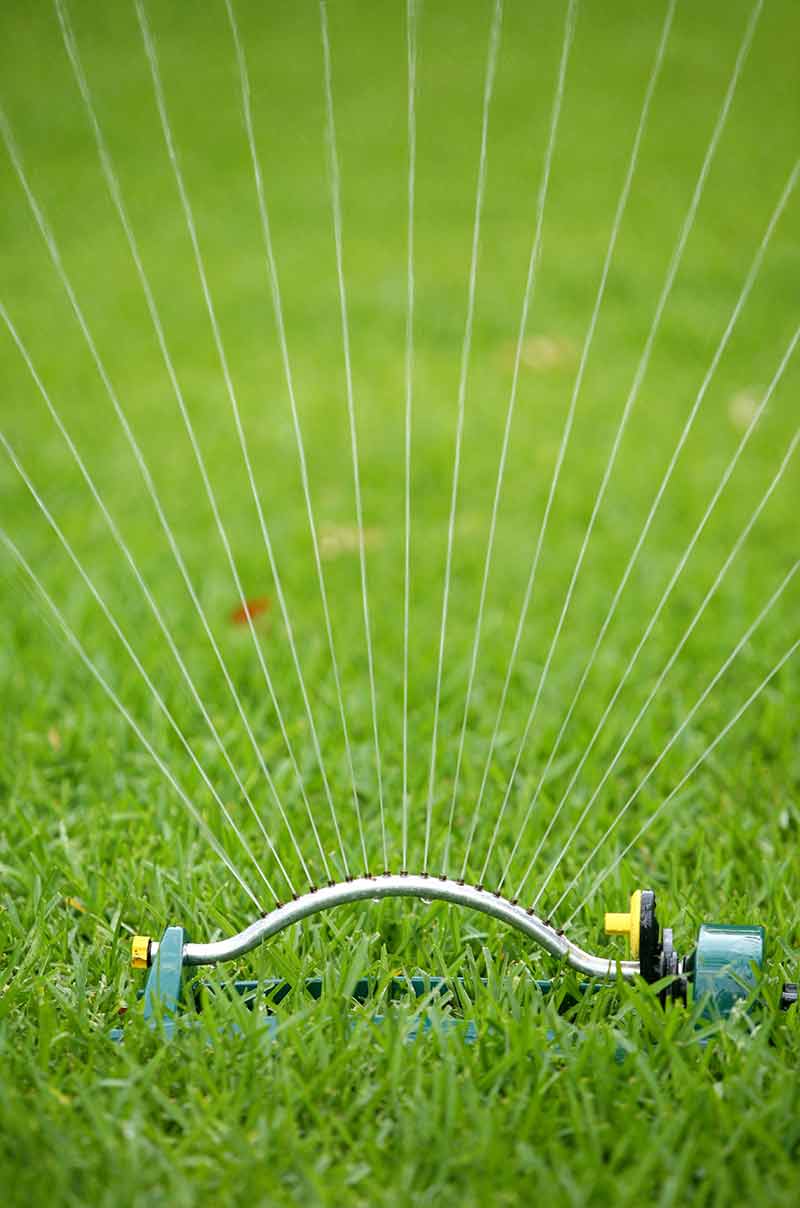
Mastering the Art of Effective Lawn Watering
Achieving a lush and vibrant lawn requires more than just regular watering. Explore the nuances of watering your lawn effectively to ensure optimal growth, health, and resilience. Follow these expert tips and techniques for a greener and more resilient lawn.
Water Your Lawn Effectively: Visit mimimises.org for in-depth guides on mastering the art of effective lawn watering.
Understanding Your Lawn’s Water Needs
Grass Type and Climate Considerations
Different grass types have varying water requirements, and your local climate plays a crucial role in determining how often and how much you should water. Research the specific needs of your grass type and consider the climate in your region to create a customized watering schedule.
Soil Quality and Composition
The composition of your soil significantly impacts water retention and drainage. Conduct a soil test to determine its texture and composition. Sandy soils drain quickly but may require more frequent watering, while clayey soils retain water for longer periods. Amend the soil as needed to improve water absorption.
Developing a Consistent Watering Schedule
Morning Watering Advantage
Watering your lawn in the morning provides several benefits. The cooler temperatures reduce water evaporation, allowing the grass to absorb more moisture. Morning watering also helps prevent the growth of fungal diseases, as the grass blades have time to dry before evening.
Frequency vs. Duration
Rather than daily light watering, aim for deep and infrequent watering sessions. This encourages deep root growth and makes your lawn more resilient during dry periods. Watering deeply once or twice a week is generally more effective than frequent shallow watering.
Utilizing Proper Watering Techniques
Using the Right Sprinklers
Choose the right type of sprinklers for your lawn’s size and shape. Oscillating sprinklers work well for rectangular lawns, while impact or rotary sprinklers are suitable for larger, open areas. Invest in sprinklers with adjustable settings to customize coverage based on your lawn’s specific needs.
Avoiding Water Runoff
To prevent water runoff and ensure optimal absorption, water your lawn in shorter cycles with breaks in between. This allows the soil to absorb the water gradually, minimizing wastage. Adjust the watering duration based on your lawn’s ability to absorb moisture without runoff.
Monitoring Lawn Moisture Levels
Utilizing Moisture Sensors
Consider using moisture sensors to accurately measure soil moisture levels. These devices can help you determine when your lawn needs watering, preventing under- or over-watering. Some sensors even connect to irrigation systems, automating the watering process based on real-time moisture data.
Performing the Screwdriver Test
A simple test to check soil moisture involves using a screwdriver. Insert a screwdriver into the soil, and if it goes in easily, the soil is moist enough. If it requires significant effort, the soil is too dry, and if it goes in too easily, the soil may be overly saturated.
Adjusting Watering Practices Throughout the Seasons
Tailoring Watering to Seasonal Demands
Lawn watering needs vary with the changing seasons. During hot summer months, you may need to increase the frequency, while cooler seasons may require less watering. Adjust your watering schedule accordingly to provide optimal care year-round.
Winter Watering Considerations
Even in colder climates, it’s essential to water your lawn during the winter. Dehydration can occur when the ground is frozen, preventing the roots from absorbing moisture. Water your lawn on warmer winter days to ensure it stays hydrated and healthy.
Conserving Water and Promoting Sustainability
Embracing Smart Irrigation Systems
Upgrade to smart irrigation systems that use weather data and soil moisture information to optimize watering schedules. These systems adjust automatically based on environmental conditions, reducing water waste and promoting sustainability.
Implementing Watering Restrictions
Be aware of any local watering restrictions and adhere to them. Many regions have guidelines to conserve water, especially during drought conditions. Following these restrictions not only helps the environment but also avoids potential fines.
Conclusion: Nurturing a Healthy and Resilient Lawn
Effectively watering your lawn is a vital aspect of lawn care that directly influences its health and appearance. By understanding your lawn’s specific needs, adopting proper techniques, and embracing sustainable practices, you’ll be on your way to nurturing a green, healthy, and resilient lawn.
For comprehensive guidance on Water Your Lawn Effectively, visit mimimises.org.
